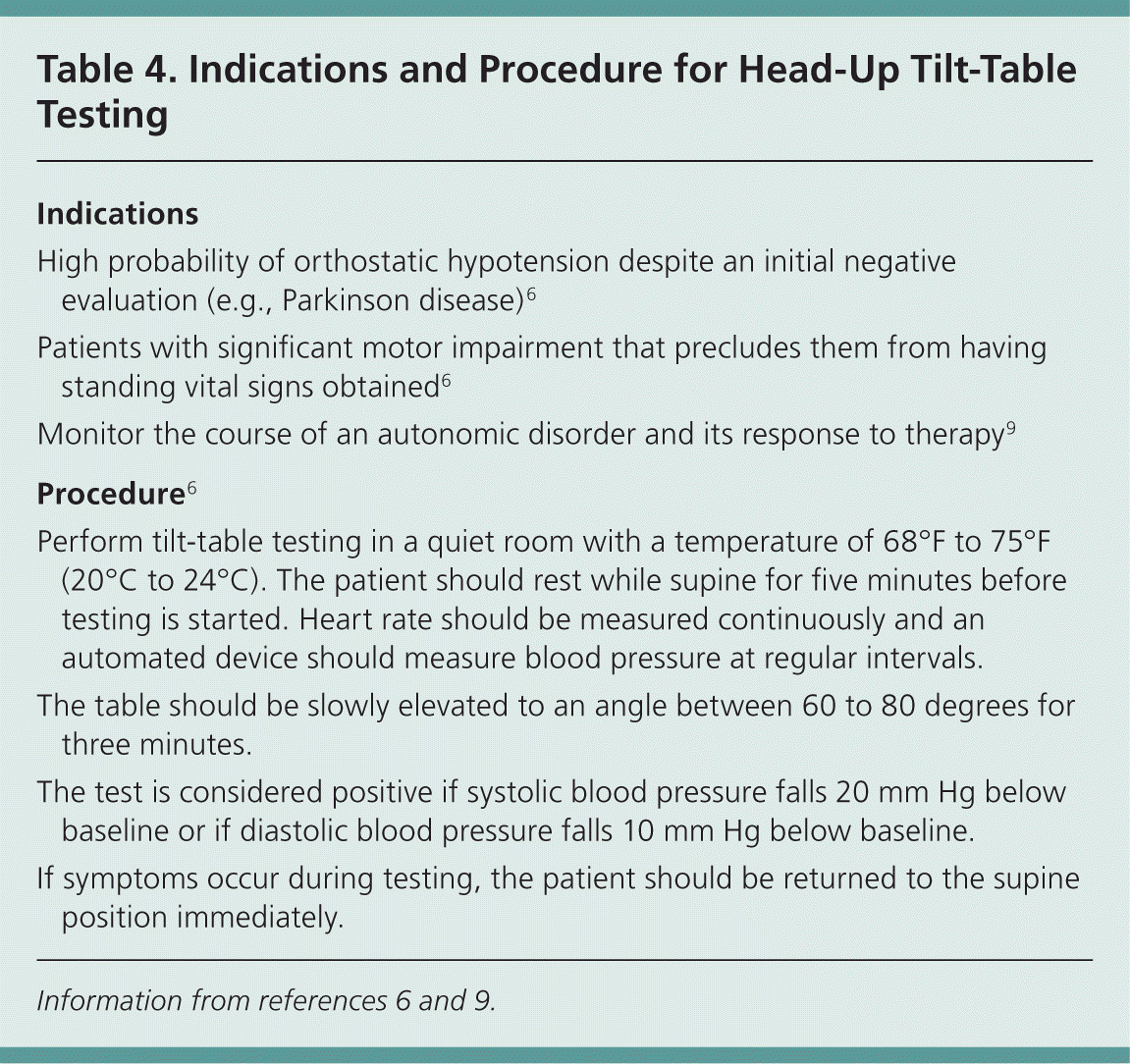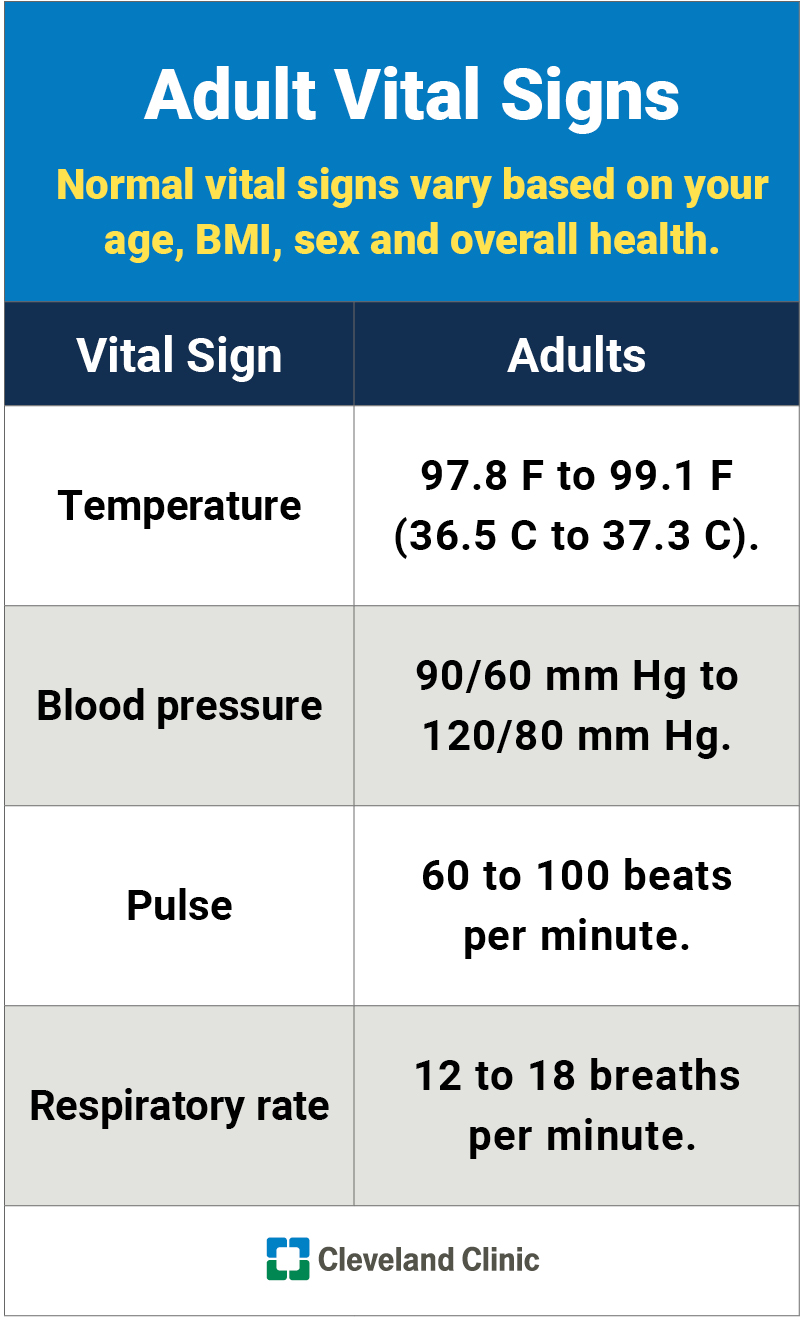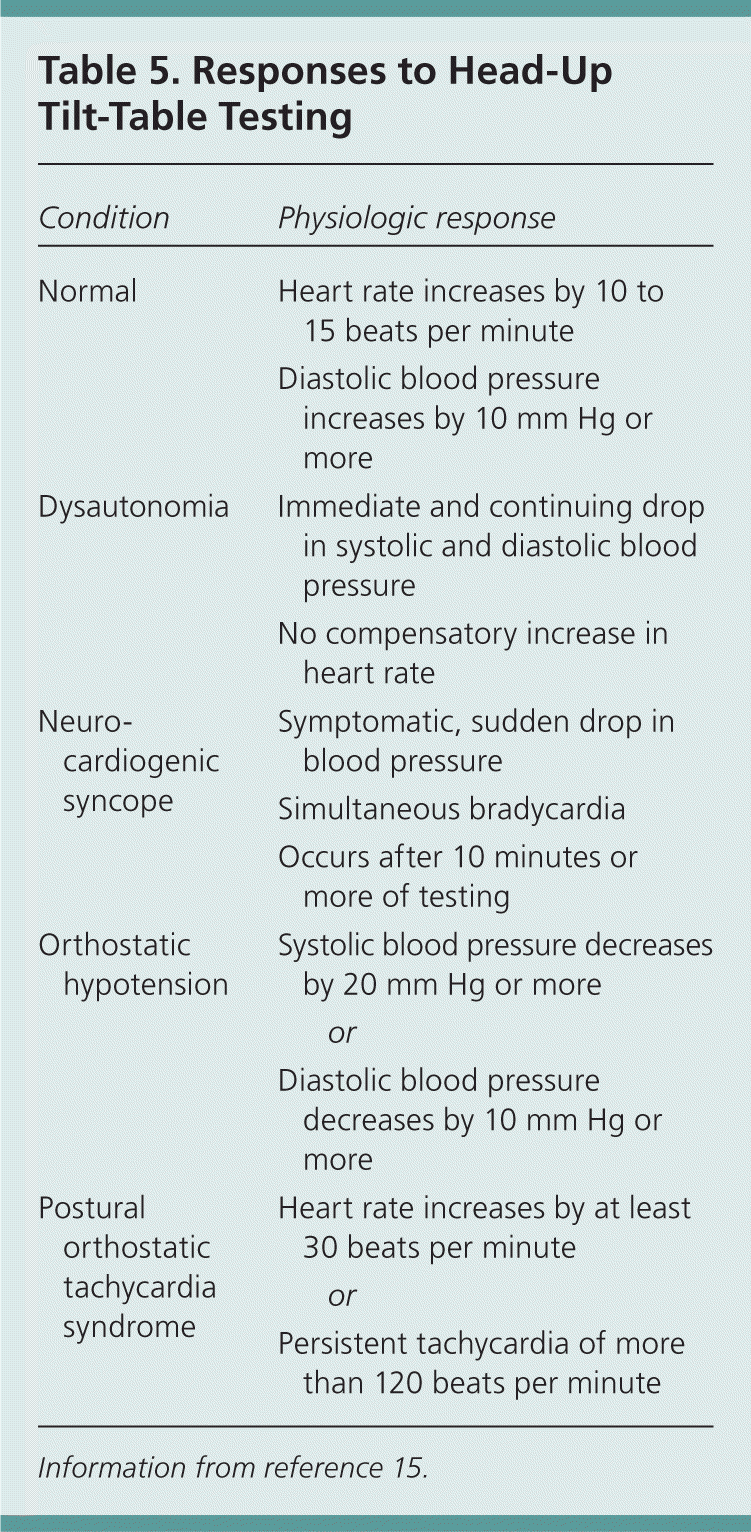Awesome Info About How To Obtain Orthostatic Vital Signs

Have the patient lie down for 5 minutes.
How to obtain orthostatic vital signs. Orthostatic vital signs are useful in selected patients presenting with blood loss, dehydration, falls, syncope, dizziness, and generalized weakness. Orthostatic vital signs (blood pressure, pulse, and symptoms) will be obtained and recorded while the patient is in the supine position as well as in the standing position. When to see a doctor.
Orthostatic vital signs should be taken. Wrap the sphygmomanometer, or blood pressure gauge,. When measuring orthostatic vital signs, the blood pressure and pulse are taken in two positions:
He should be completely flat on a table, bed or couch. Ask the person to lie down for five minutes. Orthostatic vital signs are a series of vital signs of a patient taken while the patient is supine, then again while standing.
The results are only meaningful if performed in. Repeat blood pressure and pulse. Increasing evidence has revealed that prolonged falls in blood pressure from orthostatic hypotension (oh) are a significant problem and may be an independent.
Triage vital signs are as follows: Introduction (why do emergency physicians hate orthostatic. A drop in blood pressure greater than 10 mm hg or an increase in pulse greater than 10 bpm indicates blood loss.
We typically take a blood pressure within 3 minutes of a patient rising from a supine to a standing position. Measuring orthostatic blood pressure. For any injury and/or damage to persons or property arising out of or related to the use of or reliance on any enr.
Much controversy surrounds the use of orthostatic vital signs (ovs), including their indications, performance, and interpretation. Much controversy surrounds the use of orthostatic vital signs (ovs), including their. This can lead to conflict.
But is that too long? Symptoms & causes. The measurement of orthostatic vital signs is sometimes referred to as postural vital signs or the tilt test.
A measurement while sitting may also be.


















